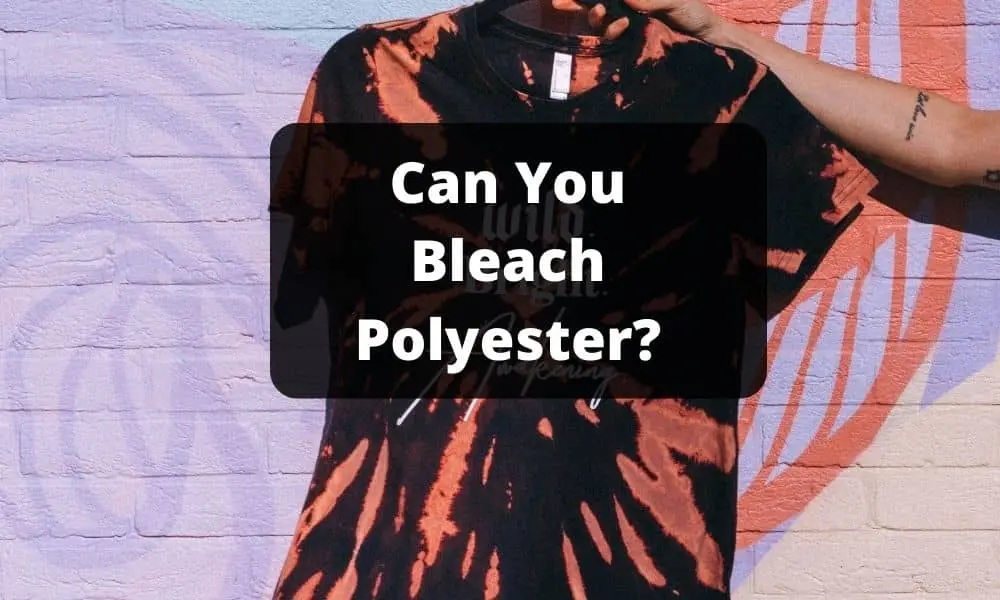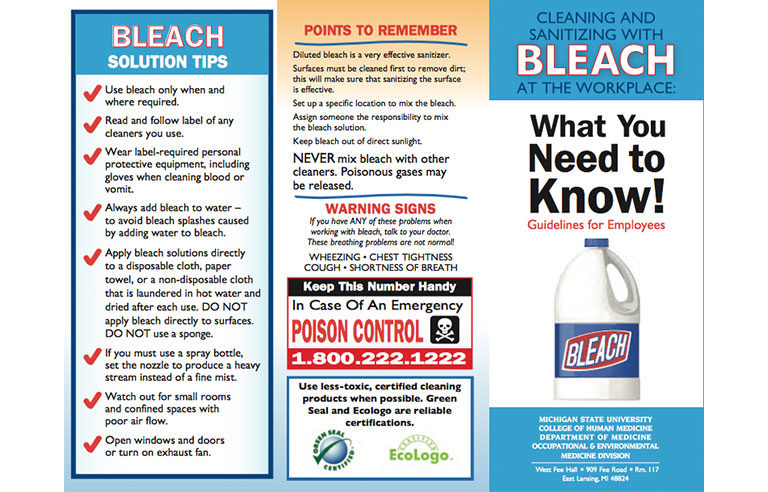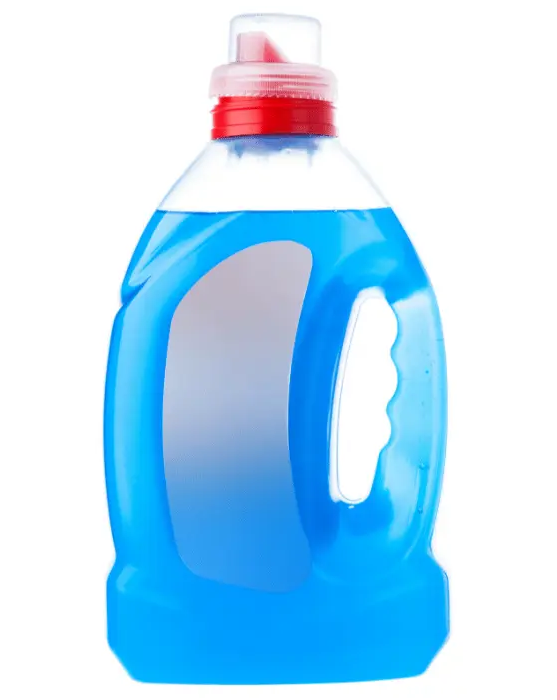Content Menu
● Understanding Swimwear Fabrics
● The Risks of Bleaching Swimwear
● Alternative Cleaning Methods
● Proper Care and Maintenance
● Dealing with Specific Issues
● When to Replace Your Swimwear
● Investing in Quality Swimwear
● Environmental Considerations
● Conclusion
Swimwear is an essential part of our summer wardrobe, allowing us to enjoy beach days, pool parties, and water activities with comfort and style. However, maintaining the pristine condition of our favorite swimsuits can be challenging, especially when faced with stubborn stains, discoloration, or the desire to revitalize a faded piece. This often leads to the question: can you bleach swimwear? While the idea of using bleach to restore the brightness of a swimsuit might seem tempting, it's crucial to understand the implications, alternatives, and proper care techniques for your beloved beachwear.

Understanding Swimwear Fabrics
Before delving into the topic of bleaching swimwear, it's essential to understand the materials commonly used in swimsuit construction. Most modern swimwear is made from synthetic fibers such as:
1. Nylon: Known for its durability, elasticity, and quick-drying properties.
2. Polyester: Resistant to chlorine and UV rays, making it a popular choice for swimwear.
3. Spandex (Lycra): Provides stretch and shape retention to swimsuits.
4. Blends: Many swimsuits use a combination of these materials to optimize performance and comfort.
These synthetic materials are chosen for their ability to withstand exposure to water, chlorine, and sun while maintaining their shape and color. However, these same properties also make them sensitive to harsh chemicals, including bleach.
The Risks of Bleaching Swimwear
While bleach is an effective whitening and disinfecting agent for many types of clothing, using it on swimwear can lead to several undesirable outcomes:
1. Fabric Damage: Bleach can weaken the fibers of your swimsuit, leading to thinning, holes, or complete disintegration of the fabric.
2. Color Fading: Even if your swimsuit is white or light-colored, bleach can cause uneven fading or yellowing, especially on printed or patterned areas.
3. Elasticity Loss: The elastic components of your swimsuit, crucial for maintaining its shape and fit, can be severely compromised by bleach exposure.
4. Texture Changes: Bleach can alter the texture of your swimsuit, making it rough, stiff, or uncomfortable against your skin.
5. Reduced Lifespan: The overall durability of your swimwear can be significantly decreased, leading to a shorter lifespan for your favorite beach attire.
Given these risks, it's generally not recommended to use bleach on swimwear, regardless of the color or material.
Alternative Cleaning Methods
Instead of resorting to bleach, there are several safer and more effective methods to clean and care for your swimwear:
1. Rinse Immediately After Use: The simplest yet most effective step in swimwear care is to rinse your suit with cool, fresh water immediately after use. This helps remove chlorine, salt, and other potentially damaging substances.
2. Hand Wash with Mild Detergent: Use a gentle, swimwear-specific detergent or a mild, unscented soap to hand wash your suit. Avoid wringing or twisting the fabric; instead, gently squeeze out excess water.
3. Vinegar Soak: For stubborn odors or to restore brightness, soak your swimsuit in a solution of one part white vinegar to four parts water for about 30 minutes before washing.
4. Baking Soda Paste: Create a paste using baking soda and water to spot-clean stains. Gently rub the paste onto the stained area, let it sit for a few minutes, then rinse thoroughly.
5. Specialized Swimwear Cleaners: There are products specifically designed for cleaning and preserving swimwear. These are formulated to be gentle on delicate fabrics while effectively removing chlorine, sunscreen, and body oils.
6. Sun Exposure (with caution): While prolonged sun exposure can fade swimwear, brief periods in the sun can help naturally brighten and freshen your suit. Just be sure not to leave it in direct sunlight for extended periods.
Proper Care and Maintenance
To extend the life of your swimwear and maintain its appearance without resorting to bleach, consider the following care tips:
1. Rotate Your Swimwear: If possible, alternate between different swimsuits. This allows each piece to fully dry and recover its shape between uses.
2. Avoid Rough Surfaces: Be mindful of where you sit while wearing your swimsuit. Rough surfaces like concrete pool edges or wooden benches can snag or damage the fabric.
3. Apply Sunscreen Before Dressing: Allow sunscreen to fully absorb into your skin before putting on your swimsuit to minimize staining and fabric degradation.
4. Proper Storage: Store your swimwear flat or hanging in a well-ventilated area. Avoid folding swimsuits for long periods, as this can create permanent creases.
5. Avoid Heat: Never use a dryer or iron on your swimwear. The heat can damage the elastic fibers and alter the fit of your suit.
6. Address Stains Promptly: The longer a stain sets, the harder it is to remove. Treat any spots or discoloration as soon as possible using gentle methods.

Dealing with Specific Issues
While bleach is off the table, there are specific strategies for common swimwear problems:
Yellowing: If your white or light-colored swimsuit has yellowed, try soaking it in a mixture of warm water and oxygen-based bleach (which is gentler than chlorine bleach) for a few hours before washing as usual.
Chlorine Damage: To neutralize chlorine's effects, soak your swimsuit in a solution of water and a swimwear-specific anti-chlorine treatment before washing.
Sunscreen Stains: Pre-treat sunscreen stains with a mixture of dish soap and warm water, gently working it into the fabric before washing.
Mildew: If your swimsuit develops a musty smell or mildew, soak it in a solution of white vinegar and water for an hour, then wash with an enzymatic cleaner designed to combat mildew.
When to Replace Your Swimwear
Despite your best efforts, swimwear doesn't last forever. Signs that it's time to replace your suit include:
1. Fabric thinning or becoming see-through when wet
2. Loss of elasticity, resulting in sagging or poor fit
3. Fading that doesn't improve with cleaning
4. Persistent odors that won't wash out
5. Visible damage like holes or fraying seams
Investing in Quality Swimwear
While it might be tempting to opt for cheaper swimwear options, investing in high-quality pieces can save you money and hassle in the long run. Quality swimsuits are often made with more durable materials and construction techniques, making them more resistant to wear and tear. They're also more likely to maintain their shape and color over time, reducing the temptation to resort to harsh cleaning methods like bleaching.
When shopping for swimwear, look for:
◆ UV-resistant fabrics
◆ Chlorine-resistant materials
◆ Double-lined construction
◆ Reinforced seams
◆ Colorfast dyes
These features can significantly extend the life of your swimsuit and keep it looking great season after season.

Environmental Considerations
In addition to the potential damage to your swimwear, it's worth considering the environmental impact of using bleach. Chlorine bleach can be harmful to aquatic ecosystems if it enters waterways. By choosing gentler, eco-friendly cleaning methods, you're not only protecting your swimwear but also being kinder to the environment.
Conclusion
While the idea of using bleach to revitalize swimwear might seem like a quick fix, the risks far outweigh any potential benefits. The delicate nature of swimwear fabrics and the importance of maintaining their elasticity and color make bleach a poor choice for cleaning or brightening your beach attire.
Instead, focus on preventative care and gentle cleaning methods to keep your swimwear in top condition. Regular rinsing, proper washing techniques, and careful storage can go a long way in preserving the life and appearance of your favorite swimsuits. When faced with stains or discoloration, opt for swimwear-specific products or natural alternatives like vinegar and baking soda.
Remember, your swimwear is an investment in your summer fun and confidence. By treating it with care and avoiding harsh chemicals like bleach, you can ensure that your suits remain vibrant, comfortable, and ready for many seasons of beach days and pool parties to come. With the right care, your swimwear can continue to make a splash without the need for drastic measures.




































